Hello, I’m Kendall.
“Hi, Kendall!”
As a recovering homebrewer, I often discredit the role that brewing hobbyists play in the overall evolution of the American beer scene. I mean no disrespect, and I harbor no malice for the people who do it, but trivializing home brewing helps me stay on track with my personal recovery journey. I’ve been clean for almost 20 years.
[Applause]
I admit that there are still times when home brewing sounds good to me. The smell of mashing grains, or the sight of a rolling boil, still triggers something in the back of my brain, but I do my best to resist those urges. I’m proud of my progress, but I take my recovery one day at a time and remind myself that every day I am not home brewing is a good day.
“Thank you for sharing, Kendall.”
All kidding aside (and I was only partly kidding), homebrew enthusiasts have played an important role in the evolution of the American craft beer scene. I think we’ve all known it for a long time, but now we have some quantitative evidence.
According to the American Homebrewers Association, Over 1.2 million people brew their own beer at home in the United States. What if they were all clairvoyant?
It’s Elementary, My Dear Watson
According to Dr. Bart Watson, the Chief Economist for the Brewers Association, there is evidence that homebrewers are in fact trendsetters. What kind of beer they brew is directly related to what will gain popularity among consumers and, hence, what professional brewers will brew in the near future.
Dr. Watson came to his conclusions by examining data from the National Homebrew Competition (NHC), the largest beer competition in the world.
The competition receives thousands of entries from across the country. Beers are submitted in nearly 30 style categories. Those entries presumably reflect the interests (or lack thereof) among some of the world’s most committed homebrewers.
He then looked at beer sales market data, trying to find a correlation between what homebrewers did and what trends emerged in the larger beer market.
“To look at the ever-advancing abilities of homebrewers, I stepped back in the competition to 2011, when there were just under 7,000 entries,” says Watson. “Next, I lined those entries up against market data from the IRI Group, which looks at the sales of different beer styles via scans at grocery stores, convenience stores, and other off-premise retail locations.”
“Although the NHC and IRI categories don’t line up perfectly, using the sub-styles in each NHC category, I was able to line up entry data with the majority of the IRI data—the exceptions being seasonal and variety packs, which cut across styles,” explains Watson.
In the end, Watson concluded that National Homebrew Competition entries appear to relate to market changes in future years. In other words, it seems homebrewers have a good sense of what the larger market of beer lovers is interested in and, hence, what professional brewers will soon be brewing more of.
“The more entries a category had, the more likely that style grew in the marketplace over the next four years,” says Watson. “This positive correlation still holds even if we remove IPA, which saw tremendous market growth between 2011 and 2015. So, homebrewers’ interest do appear to align with future market movements.”
Simply put, if home brewers are producing a lot of stout this year, that probably means stout is about to start gaining popularity on the larger beer marketplace.
But that’s not all
Watson discovered another interesting correlation between home brewing trends and the larger beer market. States that submitted a lot of beer to the National Homebrew Competition present opportunities for new breweries. That is, the states that submitted the most homebrew saw the largest increases in the number of breweries.
“I also ran the NHC entries by state against the number of brewery openings by state, controlling for population on both variables,” says Watson. “The results show a strong relationship between the number of entries by state in 2011 (per million 21+ adults) and the number of breweries that opened between 2011 and December 2015 (per 21+ adults).”
“Where there are committed homebrewers, there are opportunities for new breweries, possibly started by those homebrewers themselves.”
See more, click here to check out the story Dr. Watson wrote about his study and its findings.

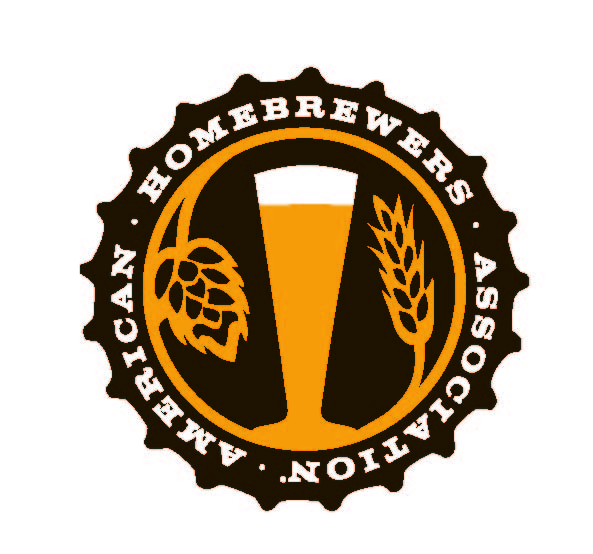

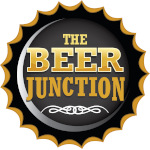
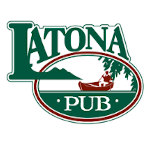
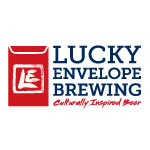
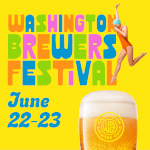




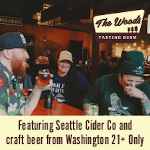
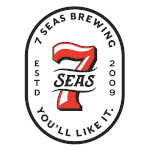
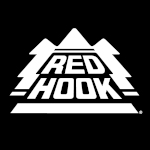
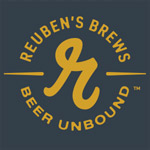
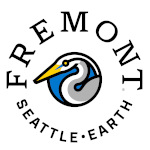

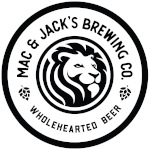
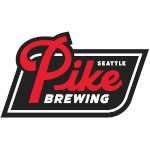
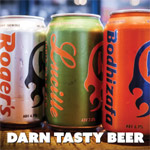
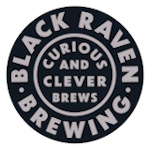




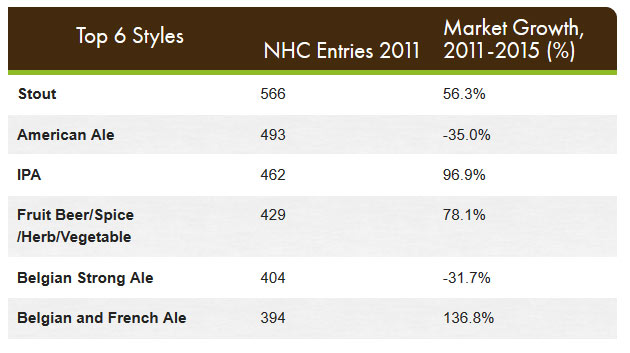
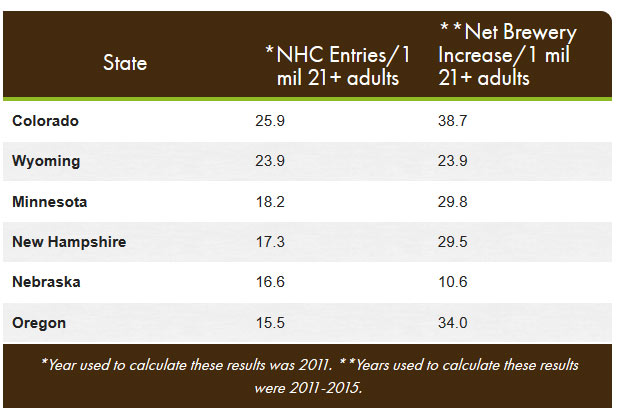




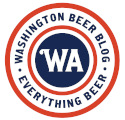
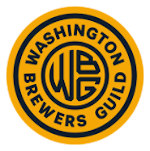


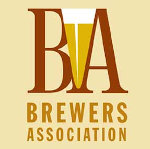
That was super interesting to see. Great article.